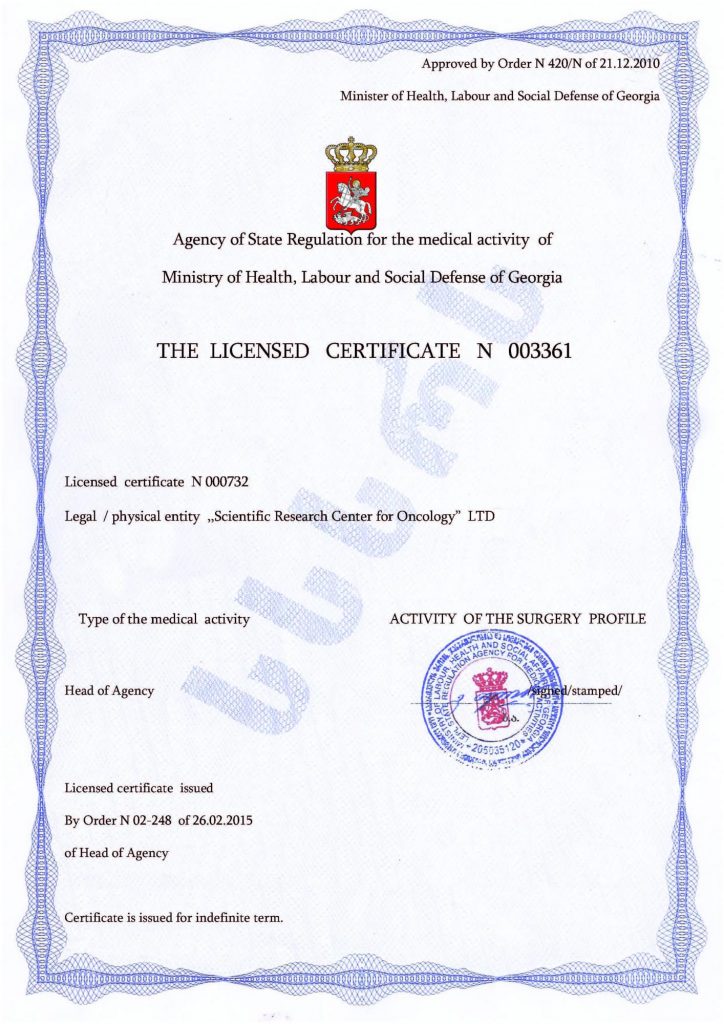Shutdown in Autism
Many people have heard about meltdowns and shutdowns in autism. A meltdown is a breakdown, while a shutdown is a psychological disengagement. Most often, they are a consequence of a reboot. A meltdown is a milder condition, stabilized by an individual approach to the child. A shutdown is a more serious condition, and a patient has more difficulties in overcoming it. During a meltdown, a patient’s behavior resembles hysteria; they may scream, demonstrate aggression, but are still able to hear others and take control of their emotions eventually. During a shutdown, autistic children lose control over their emotions and behavior, and do not pay attention to others.
What does a shutdown look like in autism?
A shutdown can be compared to overheating or system failures in a computer, which simply turns off to prevent more serious problems. A child may also be in a state of complete “switching off,” deep sleep, or apathy. Fainting may occur in some cases. The cause of such a situation is simple: the nervous system is in “energy-saving mode.”
- Extreme fatigue. The child is inactive, tries to lie down, or falls asleep while walking.
- Attempt to leave. The child strives to be alone in their favorite, cozy, and calm place.
- Impaired coordination. Typically, children in this condition cannot move, become numb, and freeze.
- Ignoring requests, absence of response. The child does not listen or hear what is being said.
- Manifestation of irritability.
- Temporary loss of skills, down to basic ones.
If you notice these signs, do not ignore them and ask for help immediately. The child needs it right now. Eliminate irritating factors and take your child to a calm, quiet place to relax.
Reasons for Shutdown in Autism
Preventing the signs of shutdown is easier than dealing with them. Pay attention to your child’s behavior to understand what irritates them and may cause anger. In most cases, these are sensory irritants and nervous overload related to performing some complex tasks.
Sensory triggers—loud sounds, noise, and bright light—negatively affect the emotional and mental state. Such effects also arise from unforeseen situations—sudden changes in the usual routine, stress, the presence of unfamiliar people, etc.
Method Number 1 for Preventing Shutdowns in Autism
Why is surgery necessary, for example, for kidney stones? Because their elimination effectively helps a patient and prevents diseases associated with their presence.
Why is stem cell treatment effective for treating childhood autism spectrum disorder? Because it is currently the only method that can partially eradicate the cause of autism and its symptoms.
The stem cell transplant procedure is a modern, highly effective correction for childhood autism, which allows significant changes in the pathogenesis of the disease, well-being, behavior, and future of the child.
Stem cell treatment for childhood autism causes the retreat of the disease and many of its symptoms, including shutdowns. Children who underwent this treatment study in regular schools and achieve success. They are communicative, behave according to social norms, master the school curriculum well, and establish interpersonal relationships.
Fill out an online application for a consultation at the Mardaleishvili Medical Centre—it does not oblige you to anything, but will allow you to learn everything about the treatment!
Autism Treatment Center Videos
Autism treatment with own stem cells
Cord blood association congress
International Quality Crown
Autism Treatment Reviews
Autism treatment with own stem cells
The story of Alessandro (6 years old)
Autism Patient Testimonial - Stem Cell Treatment
Clients Testimonials

Amirkhon’s father — Tokhir Read More

Dilana’s mother Read More

Irina and Stefan – Ilya’s parents Read More

Kristina – mother of Nelly and Nik Read More

Marina and Grigory – Maxim’s parents Read More












